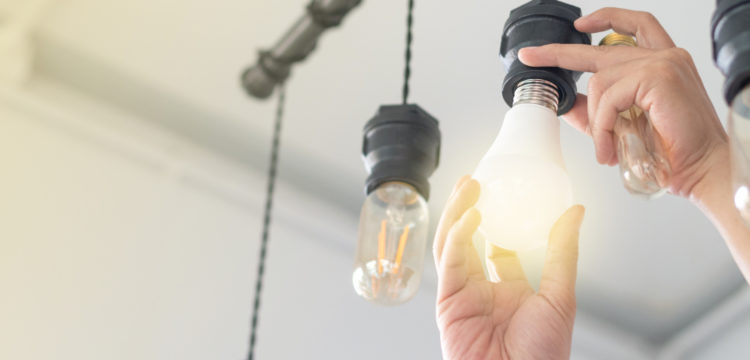Written by Alessia Girardin
Last week, the National Association of Home Builders highlighted the key green products and systems that consumers are looking for in a home. The 2020 Green Single Family and Multifamily Homes SmartMarket Brief surveyed builders and remodelers regarding their consumers’ most requested green products. Though the data was collected before the impact of COVID-19 was felt on the industry, eco-friendly features are expected to remain high on wish lists overall.
“Customers, who have spent months in their homes, have developed a heightened awareness of what efficient, comfortable and healthy means to them, and builders and remodelers need to be ready to meet these needs,” NAHB noted in a press release.
According to the brief, consumers are most interested in products and services that directly affect utility bills and indoor environmental quality. Over half of builders and remodelers (57%) ranked finding a home that is energy efficient as their top request among owners and homebuyers, while most (84%) ranked it at least in their top three requests. In regard to product systems that impact indoor environmental quality (IEQ), water conservation and renewable energy, around half of builders and remodelers ranked those requests in their top three as well (44-54%). And roughly a quarter of builders and remodelers surveyed noted that owners and homebuyers requested material and resource-conserving products.
Data also showed these requests being acted upon by builders and remodelers. In regard to the most important item in terms of energy efficiency, LED lighting was the most requested among owners and homebuyers with an 85% request rate. It also ranked as the top green project in terms of what remodelers have undertaken at 91%. Additionally, direct outdoor ventilation using fans ranked as the top IEQ improvement among owners and homebuyers (72%), and there are currently 81% of builders and remodelers putting such projects into place. Likewise, the results for water conservation are the same: 72% of owners and homebuyers have requested high-efficiency plumbing fixtures as their top green product, meanwhile 81% of homebuilders have started those projects. Looking at reusable materials, 84% of builders and remodelers are implementing such products based on a 64% owner and homebuyer request rate. By contrast, owners and homebuyers have not shown much interest in solar, with only 8% requesting this renewable energy source, which may be why only 16% of such projects have been put into place.
So next time you’re writing up a listing description for a home with eco-friendly features, you might not want to concentrate on the flashy items, since simpler energy-efficient green products ranked the highest among owner and homebuyer requests. Targeting those consumer hot-buttons of efficiency when marketing a home may attract that next high-performance sale you’re hoping for.
For more information about buyer preferences, read our post on buyer home preferences post-COVID-19.


